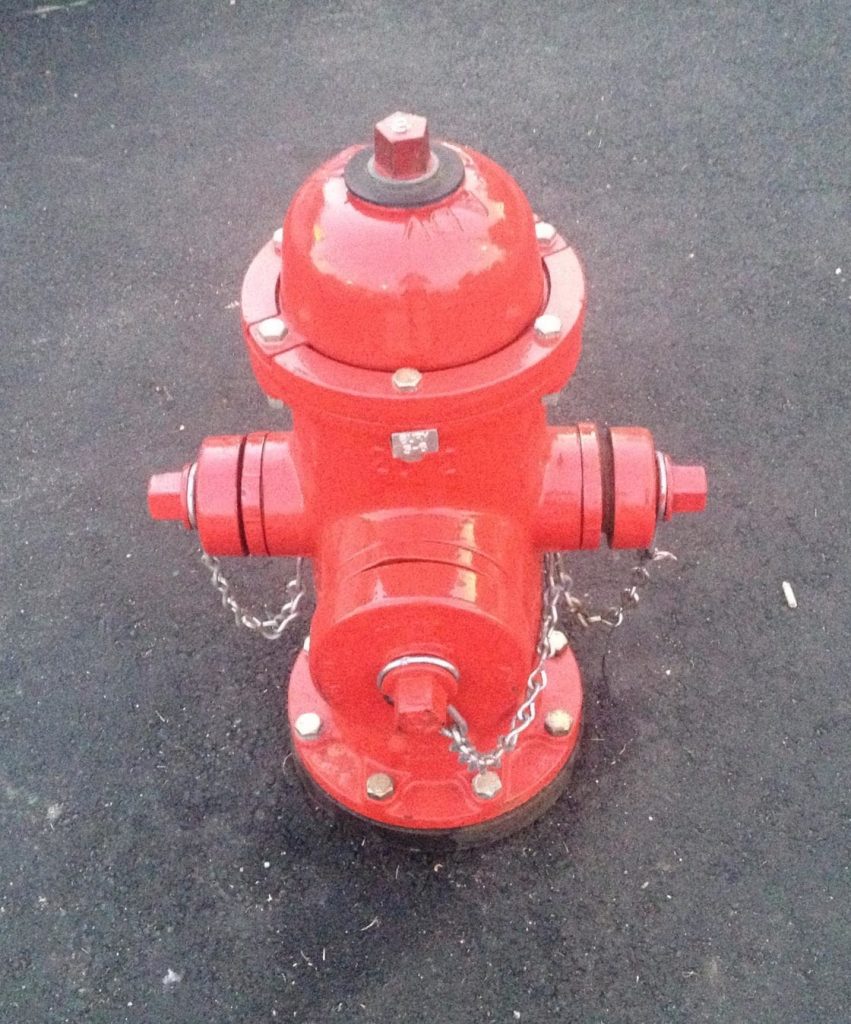The Crucial Role of Utility Asset Management: Providing Reliable Operations and Sustainable Infrastructure
From large power plants to water distribution networks, utility assets form the backbone of our modern-day society. They provide us with the essential services we rely on daily, from electricity to clean water and beyond. However, the sheer scale and complexity of these assets demand a systematic and strategic approach to maximize their optimal performance, safety, and longevity.
This is where asset management comes into play. Utility asset management is not only about providing smooth operations and reliable service delivery, but it also plays a pivotal role in building sustainable, future-ready systems that can withstand the challenges of a dynamic world.
So, let’s get into it!
The Basics: What is Asset Management?
Utility asset management is a systematic process in which utility companies can manage and maintain their physical assets, such as water, gas, electricity, and their corresponding infrastructures. These infrastructures can range from pipelines and power lines to meters and transformers, even staff, encompassing any essential utility delivery service and technology.
Utility asset management takes into account the entire lifecycle of an asset, from acquisition or construction to decommissioning or replacement. This type of “lifecycle evaluation” includes decisions on when to repair, refurbish, or replace assets based on specific factors, such as technological advancements, regulatory changes, and cost-effectiveness.
These programs provide utilities the opportunity to maintain accurate and up-to-date records of all of their assets, including location, specifications, maintenance history, and current condition. All of these factors contribute to an effective plan for the safety, efficiency, durability, and reliability of these assets, while also maximizing the value of their investments over the asset’s lifespan.
Now that we’ve covered the what, let’s evaluate the why.
Why is Asset Management Necessary?
Knowledge is Power: A Predictive Maintenance Mindset
Try to think of asset management as a type of predictive maintenance: with asset management, utilities — like water works — can be proactive by utilizing available life cycle data and industry experience to anticipate just when maintenance is needed. These predictions further optimize maintenance schedules and can substantially reduce downtime and operational costs. Additionally, these programs allow for more sustainable infrastructure opportunities by offering details on potential issues, deterioration, or future risks, and provide other guidelines on how to prevent unexpected failures while simultaneously allowing for timely maintenance and/or repair.
High Scalability Meets Compliance Regulations
Asset management has a high scalability, making it a critical tool for all water, wastewater, stormwater, and public works systems, regardless of their size. Due to the adaptiveness of the program, utilities need to align their asset management efforts with relevant industry regulations and standards for optimal safety, environmental compliance, and public welfare. Like any kind of public works, utilities are subject to various environmental regulations that govern emissions, waste disposal, and resource usage.
What may be surprising to some is that utilities must also consider data security and privacy regulations. Protecting sensitive information related to assets, maintenance, and operations is essential to complying with data protection laws and other compliance regulations. (Yes, there’s loads of personally identifiable information on utility bills!)
Utility operations require permits and licenses from regulatory authorities, which are all collected during a preliminary assessment. Since asset management procedures involve tracking and renewing these permits, utilities can rest assured knowing that all necessary legal requirements are met.
By incorporating regulatory compliance into utility asset management, utilities receive continuous monitoring of regulatory changes, and often collaborate with legal and regulatory experts. Integrating compliance considerations into asset management strategies assists utility companies in maintaining operations that are lawful, safe, and environmentally responsible.
Endgame Goals
So, what is the end goal when implementing utility asset management? That’s easy: to continuously improve the reliability, safety, efficiency, and longevity of these assets while also optimizing costs and delivering high-quality services to customers.
Essentially, an effective utility asset management program results in (but is not limited to) the following:
- Reduced operational costs
- Improved service reliability
- Minimized downtime
- Enhanced customer satisfaction
- Better resource allocation
- Infrastructure stability
- Operational resiliency
- Community sustainability
How Can Tata & Howard Help?
At Tata & Howard, we start off a client’s asset management program by conducting a preliminary assessment of above and below ground infrastructures, staffing, and condition of assets. We review all existing documentation, records, drawings, and reports prior to the preliminary assessment. Once the pre-preliminary assessment has been completed, a site visit is arranged to review all of the utilities’ infrastructures and assets, and data is collected pertaining to equipment type, installation dates, capacities, manufacturers, model and serial numbers, and more; all of which is vital in providing our clients an in-depth and effective report.
So, what happens after our assessment? For starters, we provide utilities a full report on recommendations for prioritizing funds for individual asset replacement based on the criticality of the replacement, the current condition of the asset, its age, and any potential risks. Included is a Five-Year Asset Replacement Plan that includes an estimate of potential construction costs. Our findings and reports help utilities to allocate resources effectively by identifying which assets need immediate attention, which ones can be deferred, and which new investments will bring the most value in terms of performance improvement or cost savings.
In Conclusion
In summary, asset management planning is absolutely critical to the current and future health and maintenance of our utility supplies. It requires a combination of data-driven strategies, technological integration, and informed decision-making so that utility assets perform optimally throughout their lifecycle. At Tata & Howard, our team specializes in comprehensive utility asset management solutions. With years of experience, our team of experts is dedicated to delivering exceptional utility asset management services that empower water, wastewater, and stormwater utilities and companies to operate efficiently, meet regulatory requirements, and contribute to the well-being of the communities they serve.



